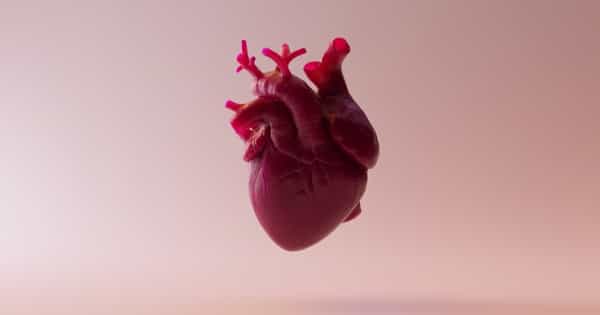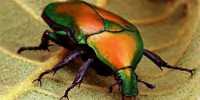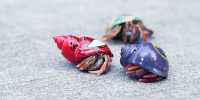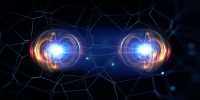After a heart attack, the heart is unable to regenerate heart muscle and lost cardiac muscle is replaced by scar tissue. Scar tissue does not contribute to cardiac contractile force, so the remaining viable cardiac muscle bears a higher hemodynamic burden. The heart muscle eventually fails over time, resulting in heart failure, and 500,000 patients are diagnosed with heart failure in the United States each year.
A team of researchers at Sydney’s Victor Chang Cardiac Research Institute discovered a gene in zebrafish that they believe could one day allow human hearts to repair themselves after a heart attack. According to a press release about the research, this gene allows cells in the heart to divide and multiply, “resulting in the complete regeneration and healing of damaged heart muscle.”
Researchers were already intrigued by the zebrafish’s incredible ability, but they have now discovered how it works and which gene it is linked to, as detailed in a new paper published in the journal Science.
A team of researchers has identified a gene in zebrafish that they say could allow human hearts to one day repair themselves following a heart attack.
“Our research has discovered a secret switch that allows heart muscle cells to divide and multiply after the heart has been injured,” said team leader and regenerative medicine researcher Kazu Kikuchi in a statement. “It kicks in when needed and turns off when the heart is completely healed,” he explained. “This could be a game changer in humans, where damaged and the scarred heart muscle cannot replace itself.”
And it’s possible that we’ll be able to replicate the same trick in humans one day. “With these tiny little fish sharing more than 70% of human genes, this has the potential to save many, many lives and lead to new drug development,” Kikuchi said. The team removed the heart-healing gene from zebrafish in experiments. The zebrafish’s heart was no longer able to heal itself after a heart attack.
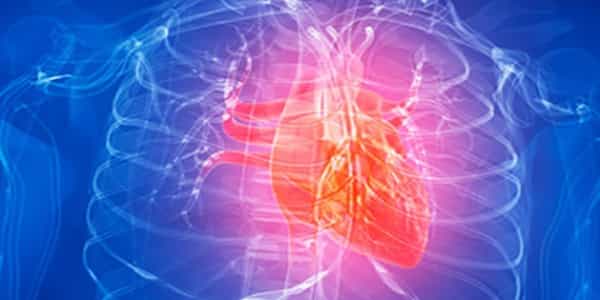
A different group of researchers, led by Bob Graham, head of the Institute’s cardiology division, hopes to use the discovery to help human patients heal their hearts after a heart attack. “The team has been able to find this vitally important protein that swings into action after an event like a heart attack and supercharges the cells to heal damaged heart muscle,” Graham said, describing the discovery as “an incredible discovery.”
According to Graham, our human bodies would be relearning an ancient capability that we had lost long ago. “There’s something wrong with humans that we can’t turn the protein on when we need it,” Graham told The Australian. “We lost our ability to do so at some point during evolution,” he added. “If we can figure out why that is, we might be able to better use the protein to allow hearts to repair after an injury like a heart attack.”
Professor Mauro Giacca of King’s College London, the study’s lead author, stated: “It’s an exciting time in the field. After so many failed attempts at regenerating the heart with stem cells, we now see the real cardiac repair in a large animal for the first time.”
This is the first demonstration that cardiac regeneration can be achieved in a large animal with heart anatomy and physiology similar to humans by administering an effective genetic drug that stimulates cardiac regeneration.
It will be some time before we can begin clinical trials “Professor Giacca elaborated. “We still need to learn how to administer the RNA as a synthetic molecule in large animals, and then in patients, but we know it works well in mice.””
The findings bring the team one step closer to putting this gene therapy to the test in human trials. “This has the potential to be a game-changing strategy for treating human heart failure,” said co-author James Martin. “It taps into the heart’s healing capacity, promoting heart muscle self-repair and improved function, which can make a significant difference in the lives of those who have had a heart attack.”
